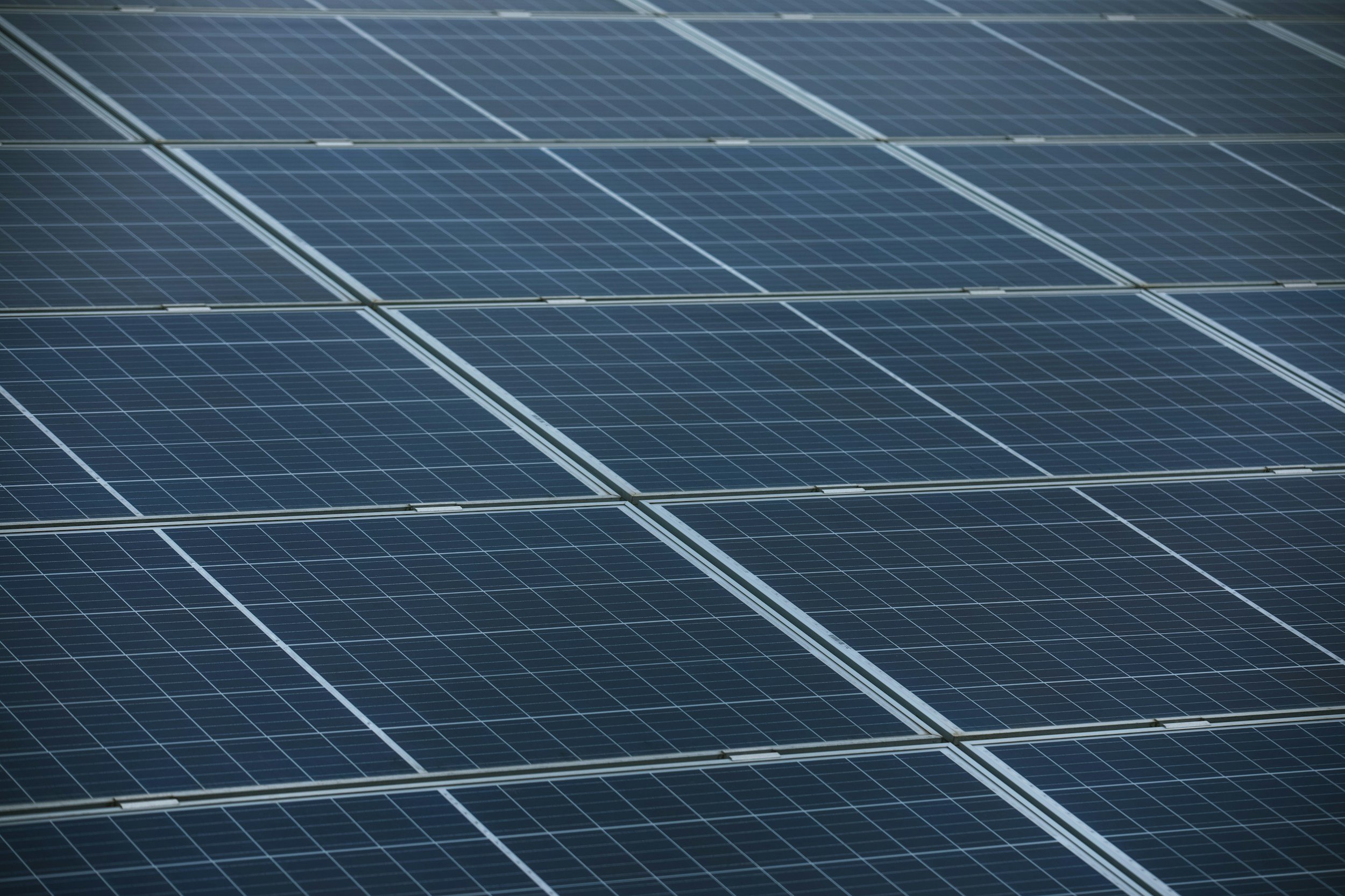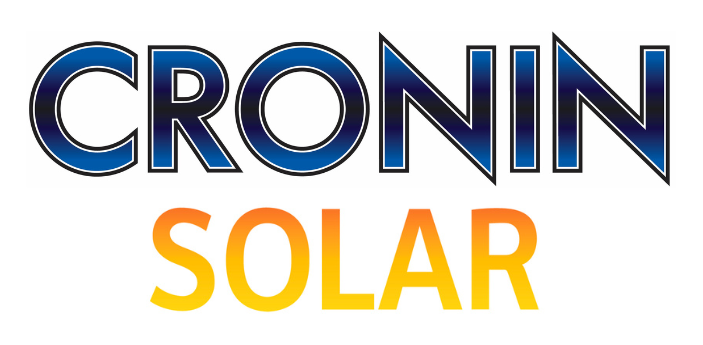
Frequently Asked Questions About Solar Energy in Cork
-
Does Solar PV work in Ireland?✅
Yes! Solar panels generate electricity even on cloudy days, making them ideal for Ireland's climate. With proper system design, you can harness solar energy year-round.
What happens to my solar panels during winter months?
A: Solar panels still generate electricity in winter, though output is lower due to shorter days and less sunlight. However, many Irish homes benefit from solar year-round thanks to efficient technology. -
What happens to the electricity my panels produce?✅
Your solar system prioritizes:
Powering your home with the electricity generated.
Heating water using a hot water diverter.
Charging a battery for later use.
Drawing from the grid only when necessary.
This approach maximizes your self-consumption and minimizes reliance on external electricity sources.
-
Where should panels be installed? ✅
Ideal locations include:
South-facing roofs at a 30–35° angle.
Roof types: Slate, tile, flat, and metal roofs.
Ground mounts are also an option if roof space is limited.
Our team assesses your property to determine the best installation approach.
-
Should I get a battery? ✅
Consider a battery if you want to:
Store energy for nighttime or cloudy day use.
Reduce energy bills by maximizing self-consumption.
Increase energy independence and resilience.
Battery storage enhances the efficiency and effectiveness of your solar system.
-
Can I get paid for excess electricity? ✅
Yes!
Install a smart meter.
Cronin files the NC6 with ESB.
Get paid €0.185–€0.24/kWh for surplus energy.
-
Do solar panels increase the value of my property?✅
Yes, installing solar PV is an investment that often increases property value by making homes more energy-efficient and attractive to eco-conscious buyers in Cork and beyond. We also organise a free property assessment to help you understand how solar panels can add value to your specific home.
-
How long do solar panels last?✅
Quality solar panels have a lifespan of 25-30 years, with warranties typically covering 20-25 years. Proper maintenance ensures maximum efficiency throughout their lifespan.
-
Can I heat my water with solar panels?✅
Yes! You can generate up to 70% of your hot water needs using the energy created from your solar panels via an inverter which we will install.
Previously you may have heard of or used solar thermal collectors or solar hot water collectors – now it can all be done with Solar PV Panels !
-
How much can I save on my electricity bills with solar panels?✅
Solar panels can reduce your electricity bills by 30-70%, depending on system size, household consumption, and sunlight availability. Many Cork homeowners see savings from day one, especially with the SEAI grant lowering upfront costs.
